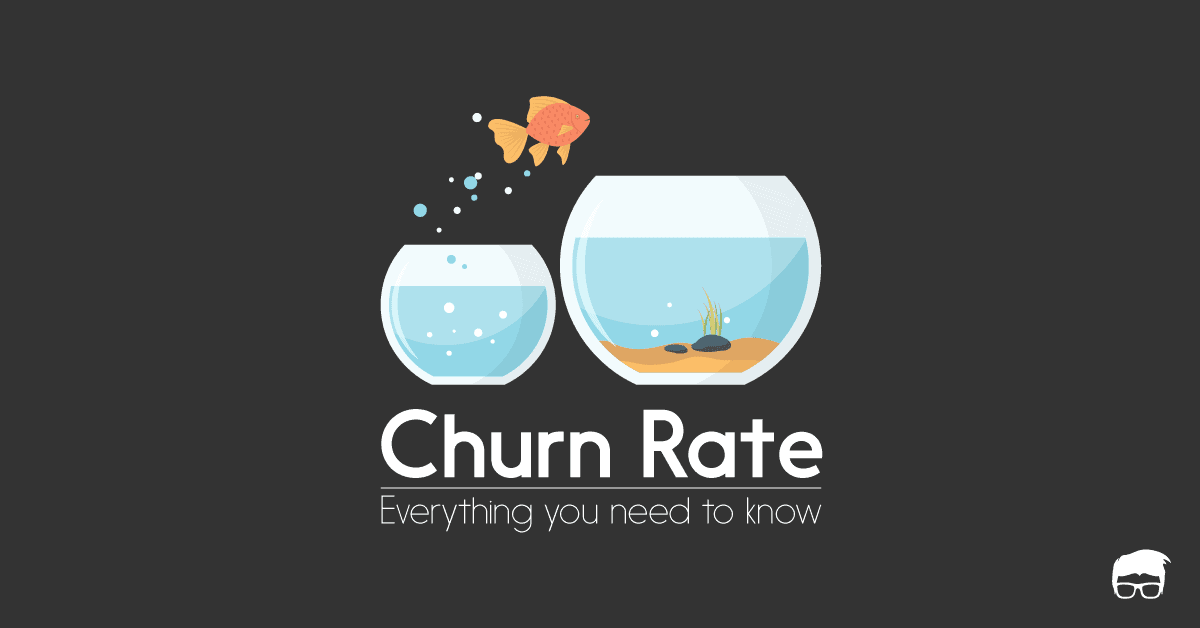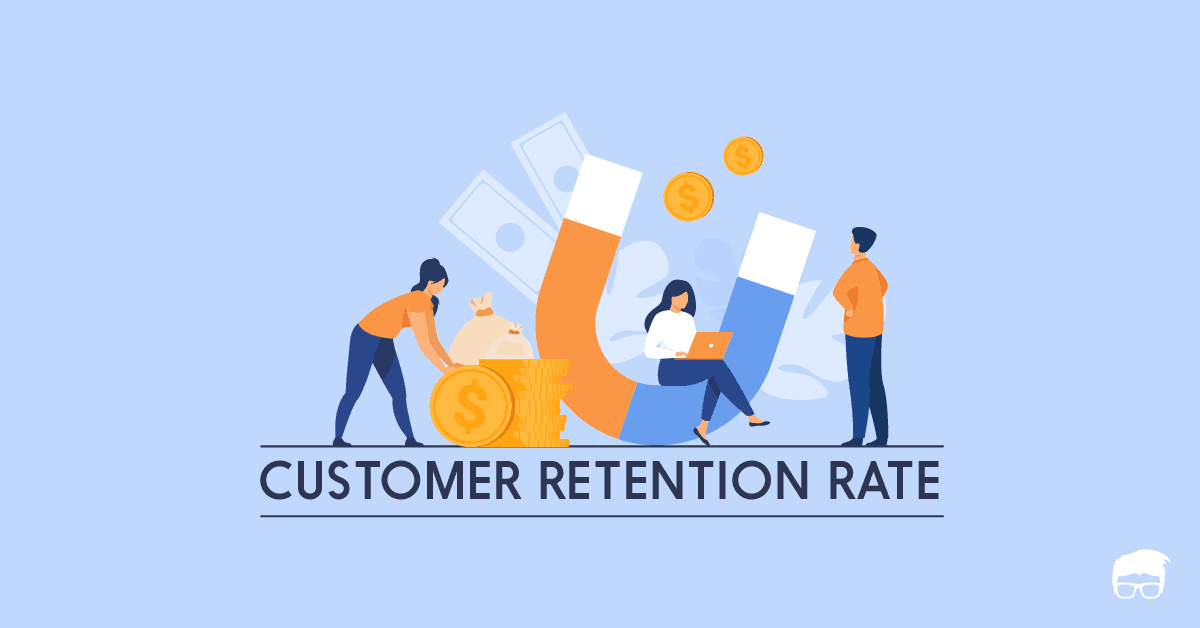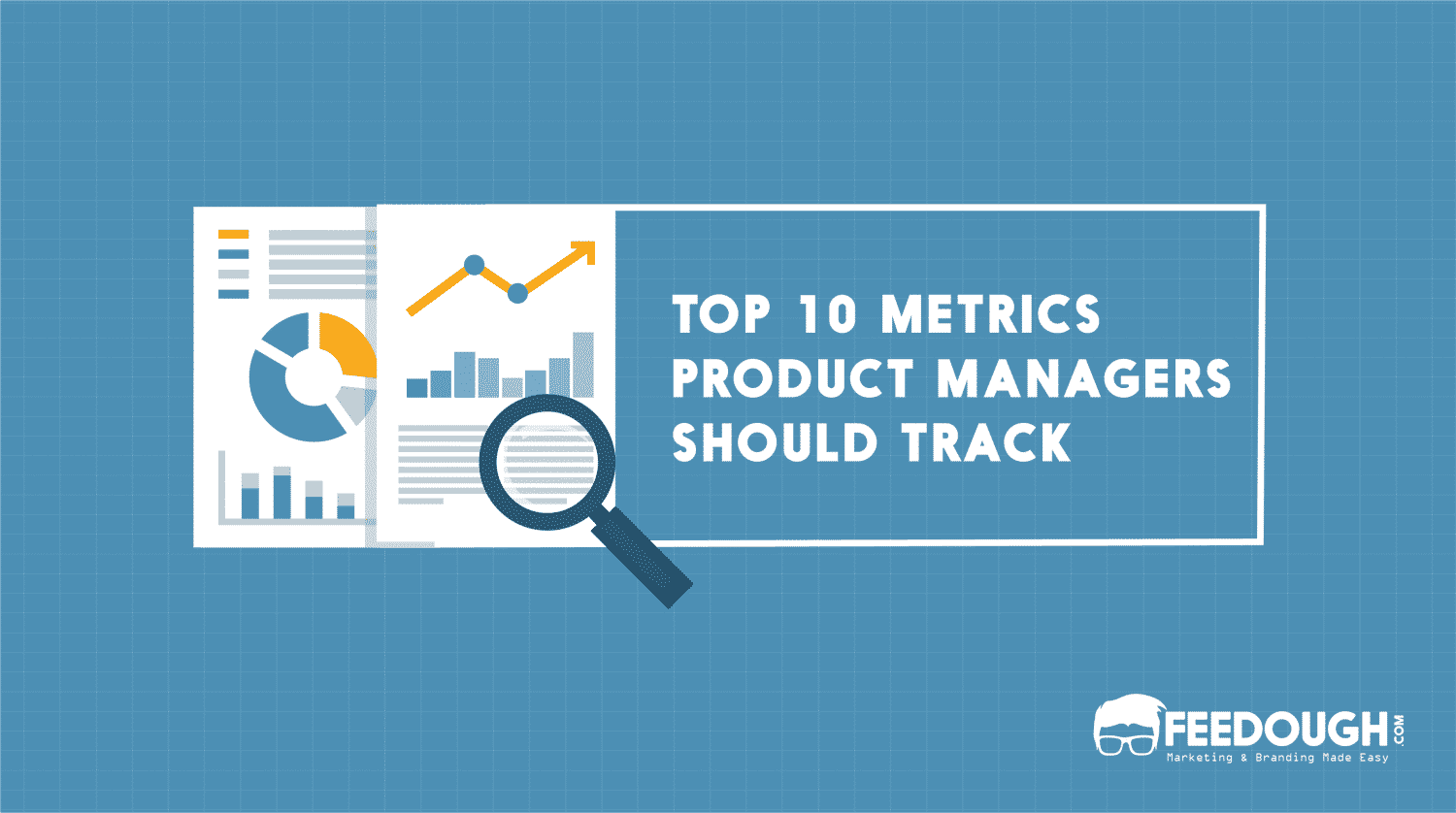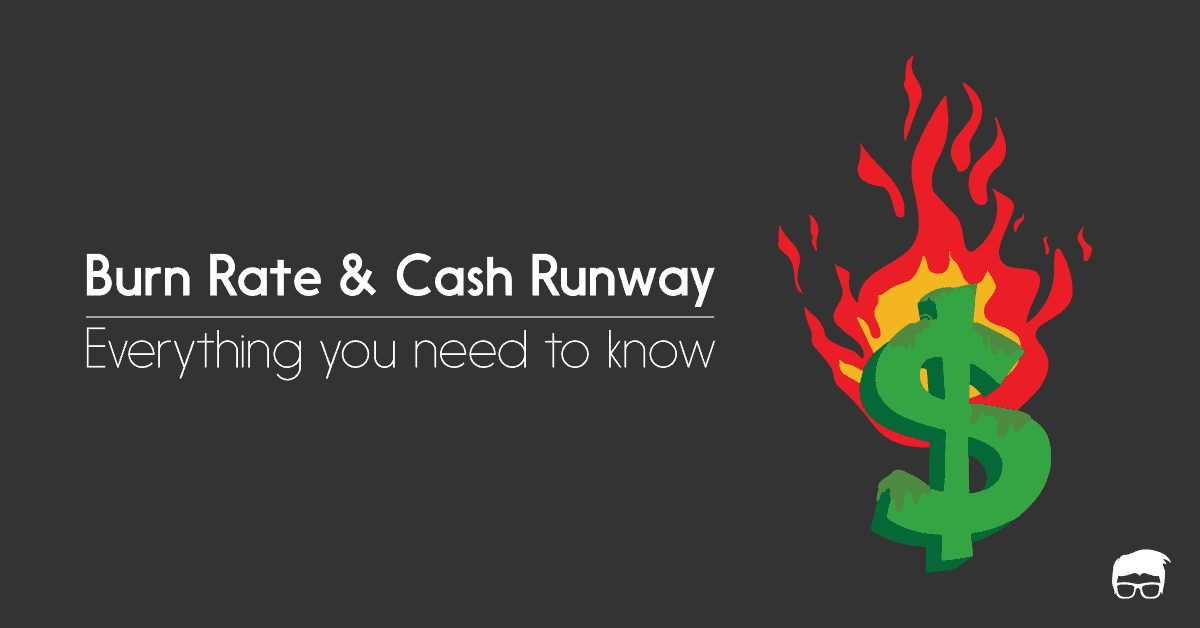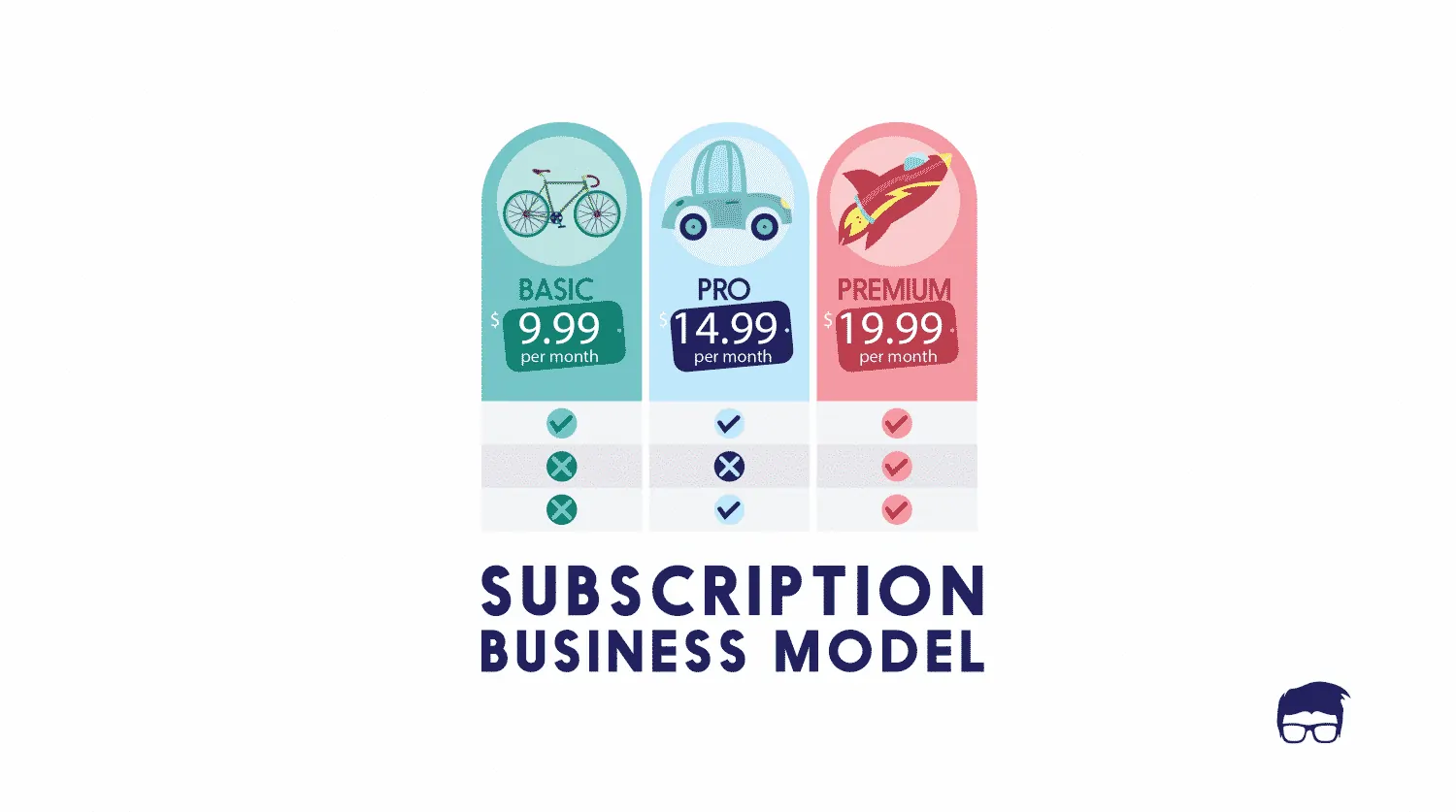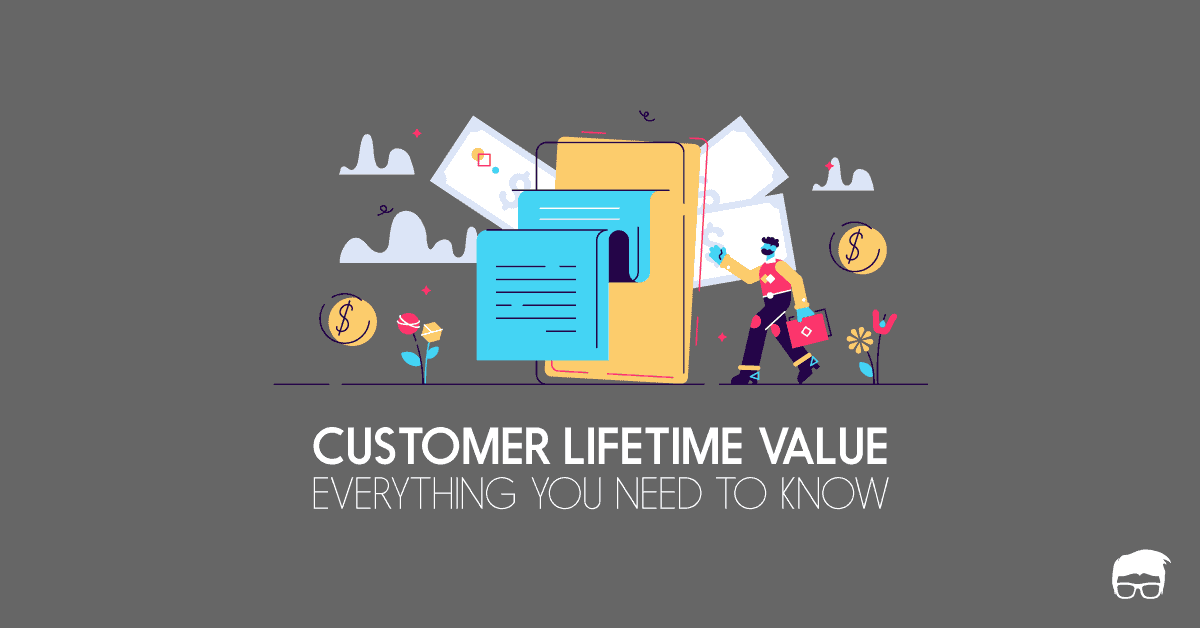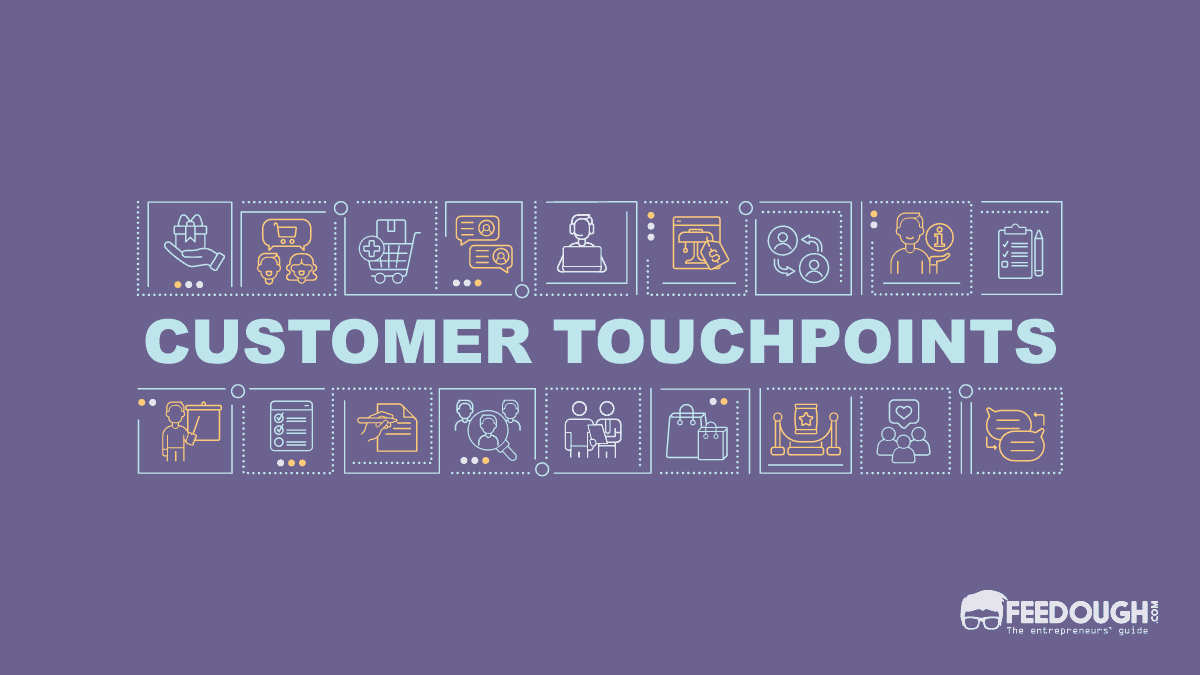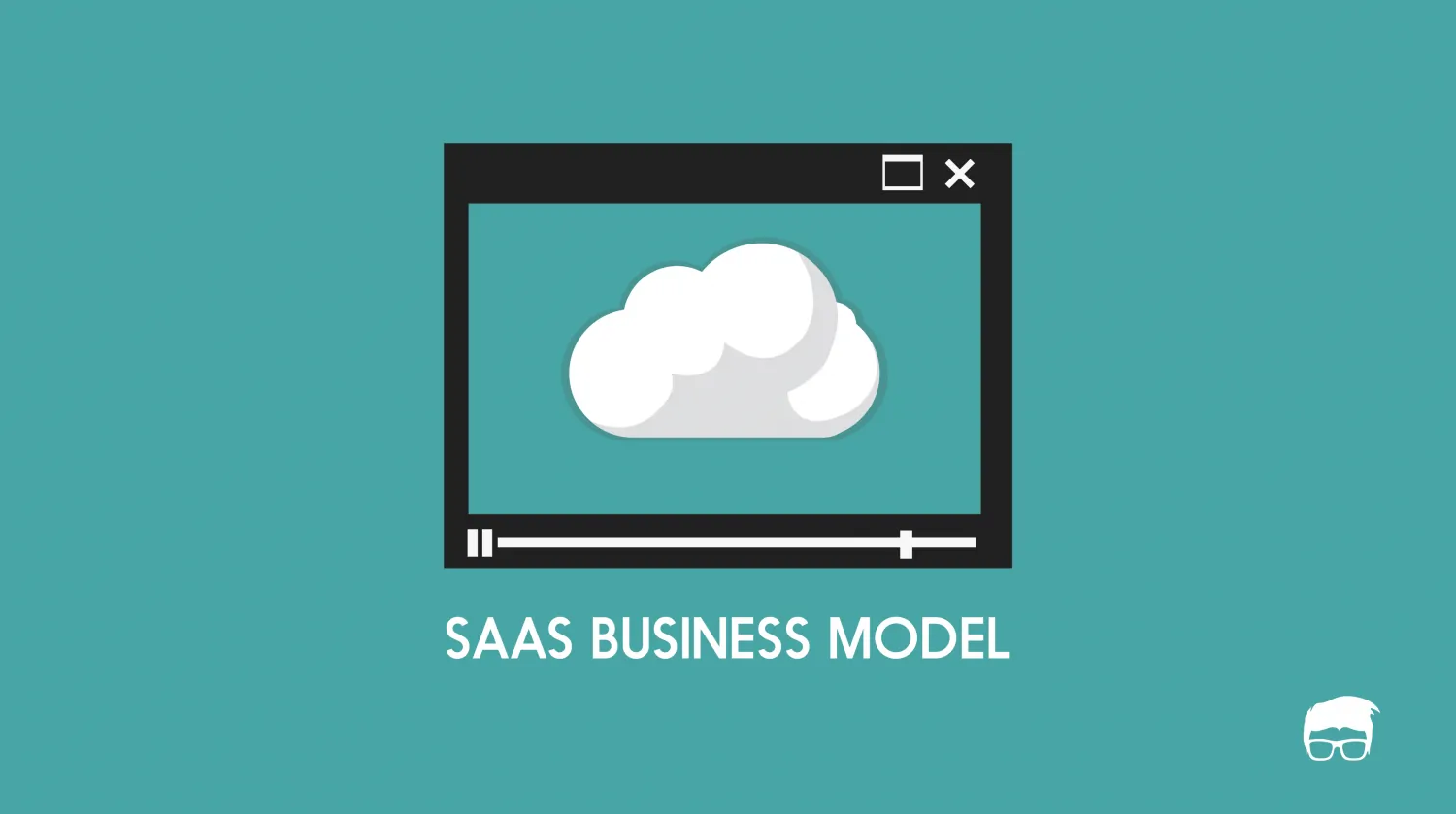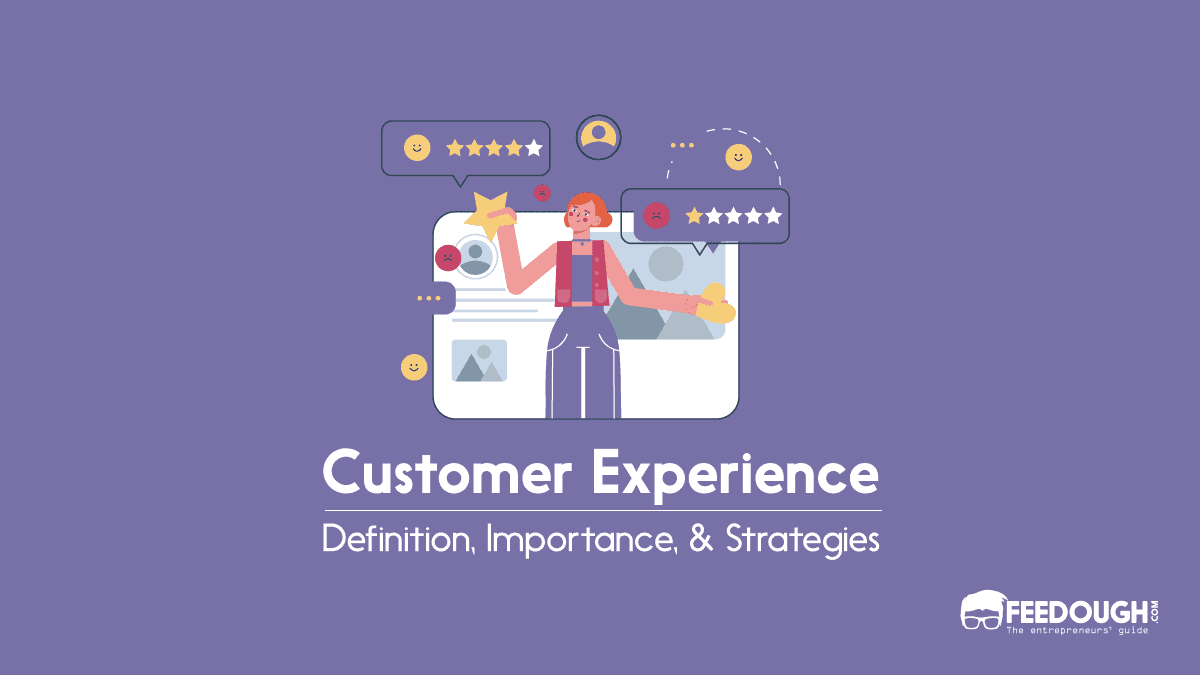According to Stanford, every business that exists today might become a subscription business soon. And with the subscription-based business model comes the requirement of calculating KPIs like:
- How many customers get on board every month, and
- How many customers leave the business every month?
The churn rate, even though a metric used to calculate the second performance indicator, is one of the essential KPIs suggesting how good or bad is your startup’s offering, user experience, and customer service and what all can you do to improve.
Churn Rate Meaning
Churn rate is the rate at which a business loses its customers during a specific time period.
Also referred to as defection rate, attrition rate, and turnover rate, it’s a percentage of customers who discontinue business or discontinue their subscription with your organisation during a specific time period. This could happen due to:
- Cancellation of subscription,
- Closure of account,
- Non-renewal of contract or service agreement, or
- Customers choosing competitors products.
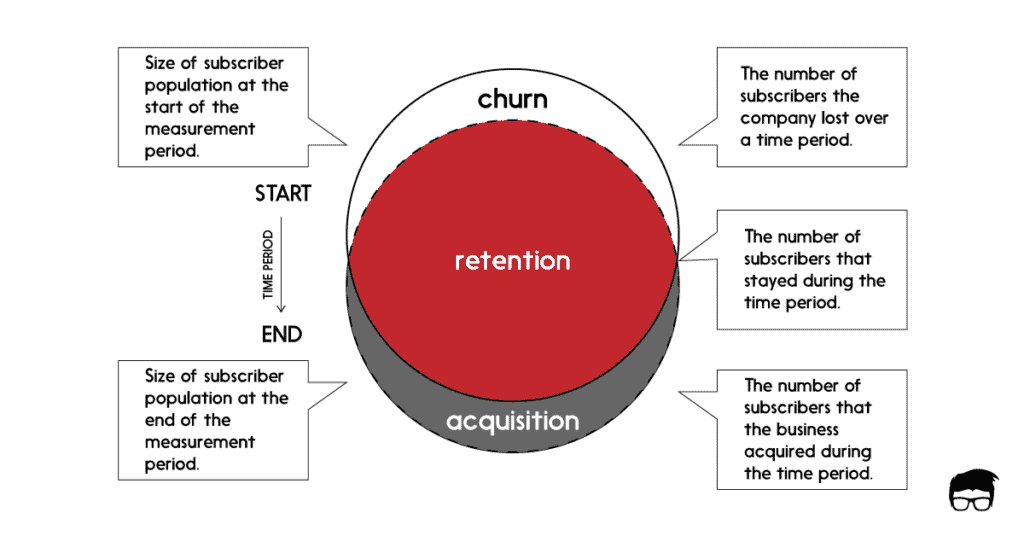
While churn rate is majorly associated with customers, many businesses also use this turn to denote the percentage of employees leaving the jobs within a certain period.
Importance Of Calculating Churn Rate
Increasing customer retention rates by 5% increase profits by 25% to 95%
– Research done by Frederick Reichheld of Bain & Company
If you operate on a SAAS business model or subscription model, the churn rate is one of the defining metrics that suggest the real growth of your organisation.
For a company to grow, its acquisition rate (the rate at which it adds new customers) should be significantly more than its churn rate.
A high churn rate suggests that there’s something wrong with your offering’s pricing, quality, positioning, or after-sale services; and something should be done to retain more customers. This high churn rate is detrimental to your company’s profitability and often represents slow or negative growth potential.
Types Of Churn Rate
Generally, four types of churn rates exist based on how the customer leaves the business. These are –
- Pro-active Churn: This type of churn rate comes from customers proactively stopping business or cancelling their subscriptions.
- Reactive Churn: This happens when the customer forgets to do business, subscribe again, or perform an action which automatically cancels the subscription.
- Happy Churn: This happens when the customers who finish using the offering cancel their subscription, with a positive experience. Such customers often renew the subscription on a later date.
- Fake Churn: Fake churn is when a prospective customer cancels his/her subscription before the trial period expires. Such customer either doesn’t pay during this period or makes use of the money-back guarantee to get back what he paid.
Moreover, the churn rate can also be categorised into two types based on the churn metric –
- Revenue Churn: It’s a measure of the lost revenue.
- Customer Churn: It’s a measure of the lost customers.
How To Calculate Churn Rate?
Calculating client churn rate is easy. The most straightforward formula requires the startup to keep track of the following metrics:
- Number of customers lost during a specific period.
- Number of customers at the beginning of the period.
However, different businesses prefer to use different formulas to calculate churn rate according to their accounting standards. Moreover, Netflix’s shareholders even sued the company in 2004 over its improper calculation of churn rate.
The case was later dismissed with a ruling that is no single industry-wide definition of churn rate.
But there indeed are two most commonly used churn rate formulas that are used widely to calculate churn rates of SAAS and subscription-based businesses.
The Simple Approach
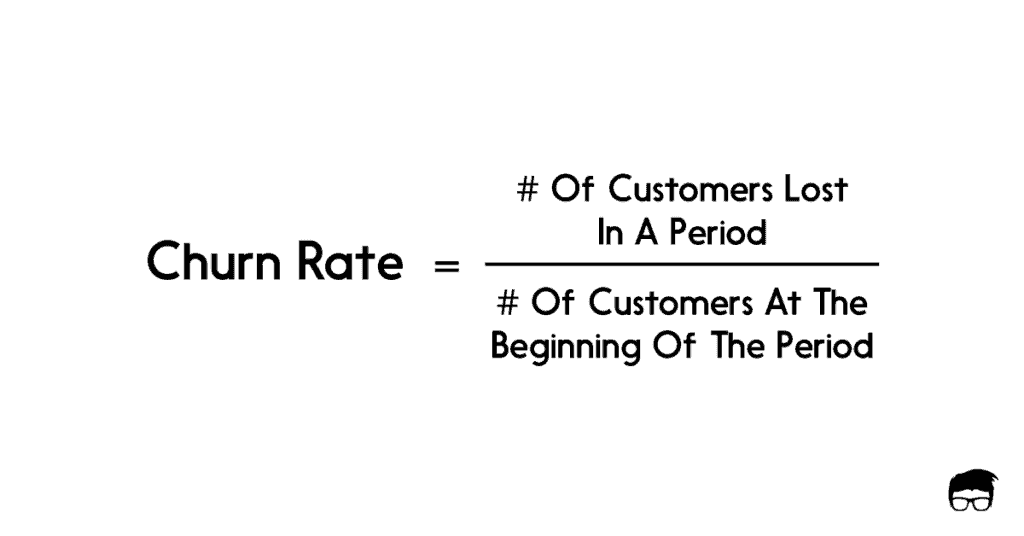
Churn rate is calculated by dividing the number of customers lost during the period by the number of customers at the beginning of that period.
Mathematical formula of calculating churn rate the simple way is:
Customer Churn Rate = (Number of customers lost in a period/number of customers at the beginning of the period) * 100
For example, if at the beginning of July, your startup had 10,000 customers. However, due to a recent update to its pricing, it lost 10% customers that month. It added another 2000 customers the same month, of which 500 churned out as well.
The churn rate for your startup for July would be –
- Customers at start of the month: 10,000
- Customers at the end of the month: 10,000 – 1000 + 2000 – 500 = 10,500
- Net gain: 10,500 – 10,000 = 500
- Total Churns in July: 1000 + 500 = 1,500
- Customer Churn Rate: (1,500/10,000) * 100 = 15%
Now, the problem with this way of calculating churn rate is that it doesn’t consider the acquisition of new customers per month. Even if the business added 2000 users in July, the churn rate wasn’t affected by it.
Moreover, the same formula will give a different churn rate even if the trend continued for the next month –
- Customers at start of the month: 10,500
- Customers at the end of the month: 10,500 – 1050 + 2000 – 500 = 10,950
- Net gain: 10,950 – 10,500 = 450
- Total Churns in July: 1050 + 500 = 1550
- Customer Churn Rate: (1550/12500) * 1000 = 12.4%
Now, this formula reported the churn rate for the August to be lesser than July even though the business made no progress.
The Shopify Approach
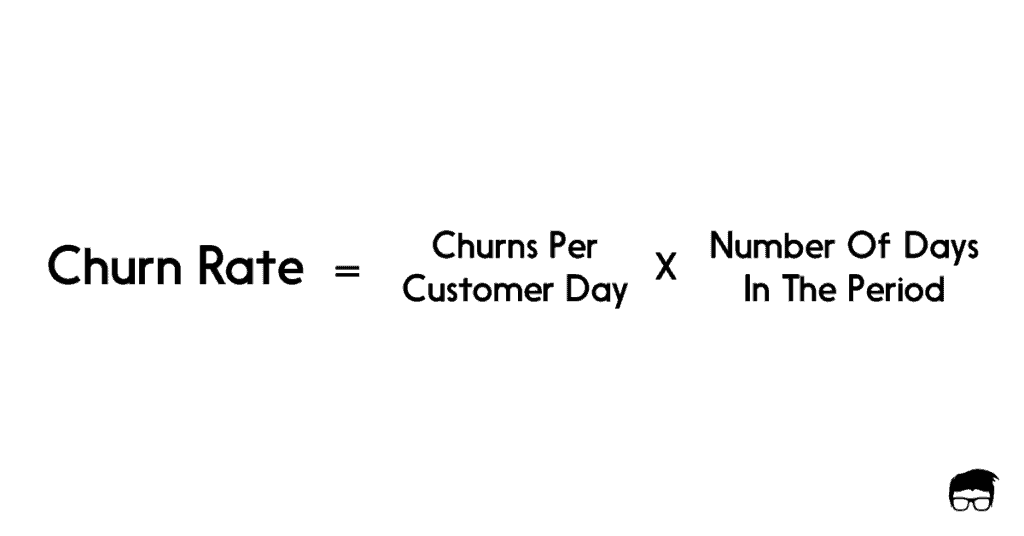
Shopify is a subscription-based e-commerce SAAS that allows its subscribers to set up an online store and sell their products.
The company has launched its version of calculating churn rate where it makes use of total customer days in a month.
A customer day is one day the customer had an active subscription. If your startup had 10,000 customers for the month of July, the total customer days would be: 10,000 * 31 = 3,10,000.
Now, this approach requires you to calculate churns per customer day and multiply the result with the number of days in a month.
Moreover, all the newly acquired customers are assumed to be active only for half a month.
For example, if at the beginning of July, your startup had 10,000 customers. However, due to a recent update to its pricing, it lost 10% customers that month. It added another 2000 customers the same month, of which 500 churned out as well.
The churn rate for your startup for July would be –
- Customers at the start of the month: 10,000
- Customers at the end of the month: 10,000 – 1000 + 2000 – 500 = 10,500
- Net gain: 10,500 – 10,000 = 500
- Days in July: 31
- Customer Days in July: (10,000 * 31) + (0.5 * 500 * 31) = 3,17,750
- Total Churns in July: 1000 + 500 = 1,500
- Churns Per Customer Day: (1500/3,17,750) * 100 = 0.47%
- Monthly Churn Rate: 0.47% * 31 = 14.57%
Now, if the same trend followed in August, the churn rate would be –
- Customers at the start of the month: 10,500
- Customers at the end of the month: 10,500 – 1050 + 2000 – 500 = 10,950
- Net gain: 10,950 – 10,500 = 450
- Days in August: 31
- Customer Days in August: (10,500 * 31) + (0.5 * 450 * 31) = 3,32,475
- Total Churns in July: 1050 + 500 = 1,550
- Churns Per Customer Day: (1550/3,32,475) * 100 = 0.47%
- Monthly Churn Rate: 0.47% * 31 = 14.57%
As you can see, this approach gives a better the monthly churn rate remains the same as the trend remains the same and
Factors Affecting Churn Rate
While customers rule the market, it’s up to the business to make customers want more. The following factors help the business in doing the same –
- Customer Experience: It is your customers’ holistic perception of their experience with your business or brand. A bad customer experience often increases the churn rate and vice versa.
- Customer Expectations: It encompasses everything that a customer expects from the offering or the brand. It is often influenced by promotional messages and gives shapes to the customer experience. A higher customer expectation but a lower customer experience increases the churn rate and vice versa.
- Customer Investment: It includes both monetary and non-monetary customer investments. The more a customer invests, the more he expects from the business to return.
- Utility and Value: Utility and value is directly correlated to how satisfied is the customer with the offering and the service. A high utility reduces the churn rate and vice versa.
What Is A Good Churn Rate?
Generally, in SAAS and subscription-powered industry, the average churn rate is 5% per annum. This means, if your startup has 1000 customers in a year, it’s not bad if you lose 50 of them over the course of that year.
However, an ideal churn rate is 3% or less.
Go On, Tell Us What You Think!
Did we miss something? Come on! Tell us what you think about our article in the comments section.
A startup consultant, digital marketer, traveller, and philomath. Aashish has worked with over 20 startups and successfully helped them ideate, raise money, and succeed. When not working, he can be found hiking, camping, and stargazing.
